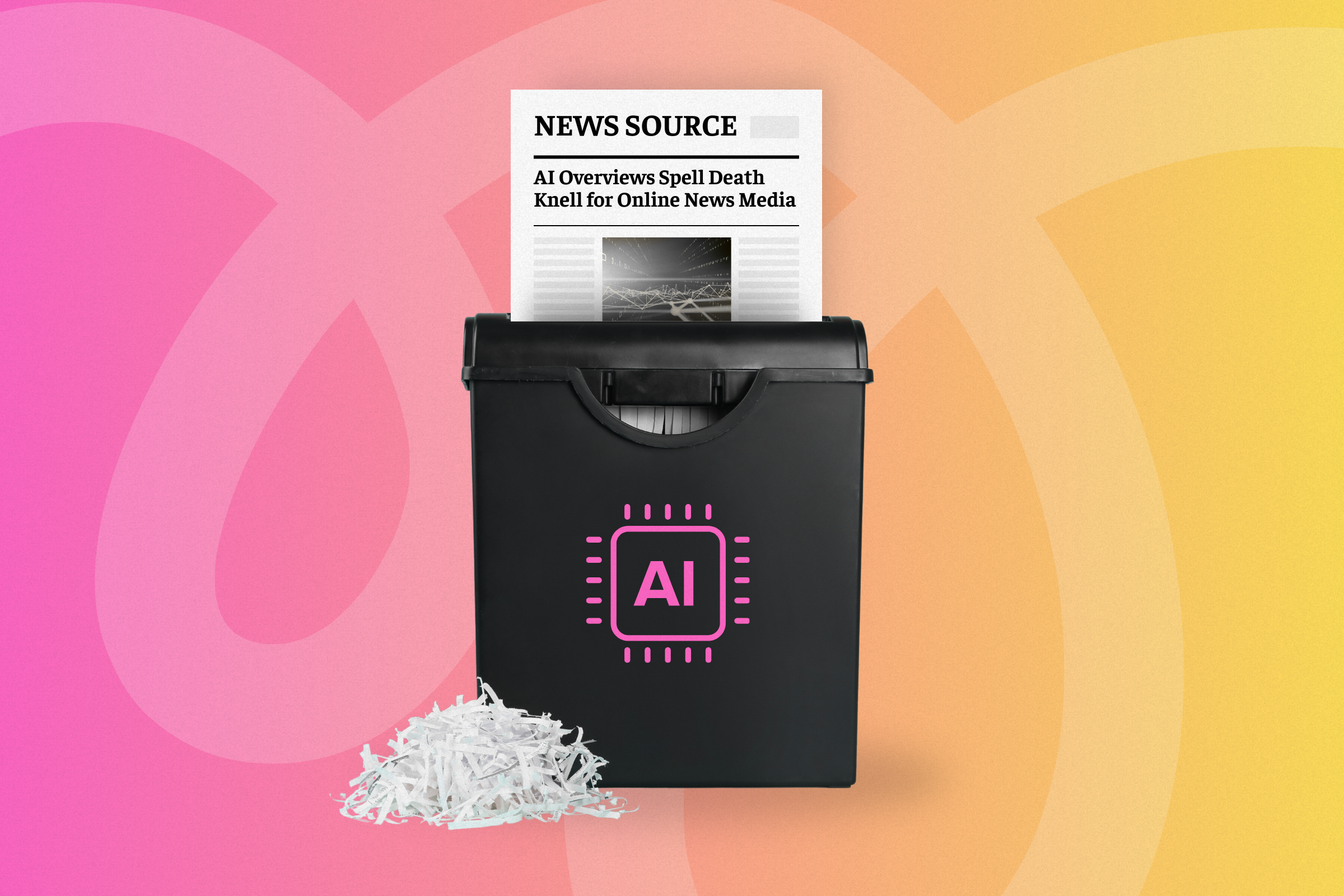
When the News is Disrupted, Wikipedia Feels It Too
The AI revolution is here and media organizations are being forced to adapt. Wikipedia will have to grapple with those changes, and it could transform how we get our information forever.

Authority vs. Authenticity: The Complementary Roles of Wikipedia and Reddit in Generative AI
AI chatbots lean heavily on two surprisingly similar—but fundamentally different—corners of the internet. One prizes authority, the other authenticity. Together, they’re reshaping how brands appear in AI-driven answers.

It’s Your New Favorite Resource for Wikipedia Know-How: the BINK Wiki Resource Library
Explaining the rules, correcting the myths, and showing how to engage with integrity on Wikipedia is a core part of what we do. That’s why we created the Wiki Resource Library—a place to share what we know, provide practical answers, and make this complex platform a little more comprehensible.

PRSA NCC | Managing Wikipedia the Right Way
Thanks to everyone who joined the recent PRSA NCC session on Managing Wikipedia the Right Way. Here are some resources to build on what you learned.
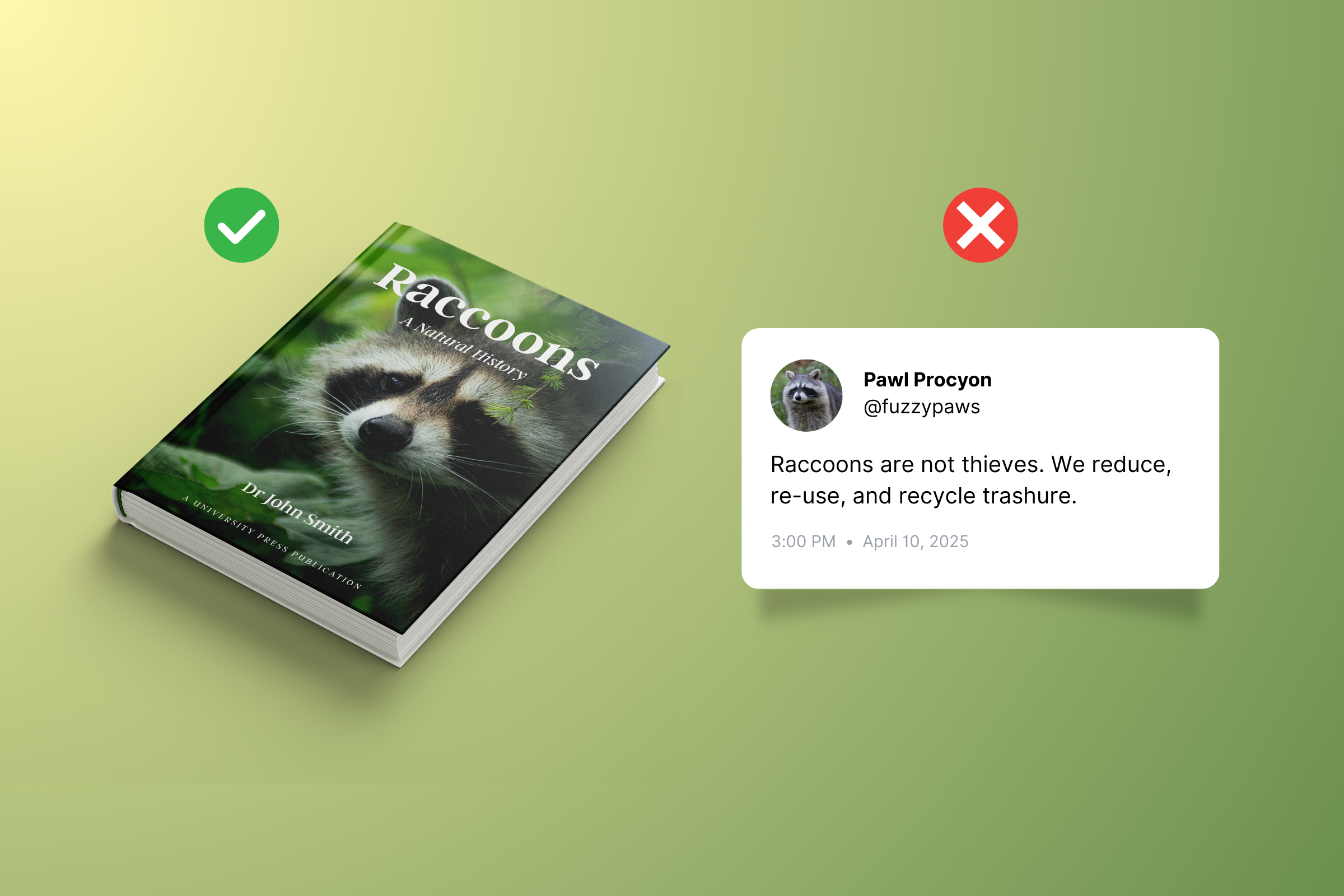
Whose Source Is It Anyway?
Wikipedia articles are built on the news reports, studies, and books that others have produced, all distilled into a freely accessible encyclopedia. But how do editors decide which sources to include and which to leave on the cutting room floor?
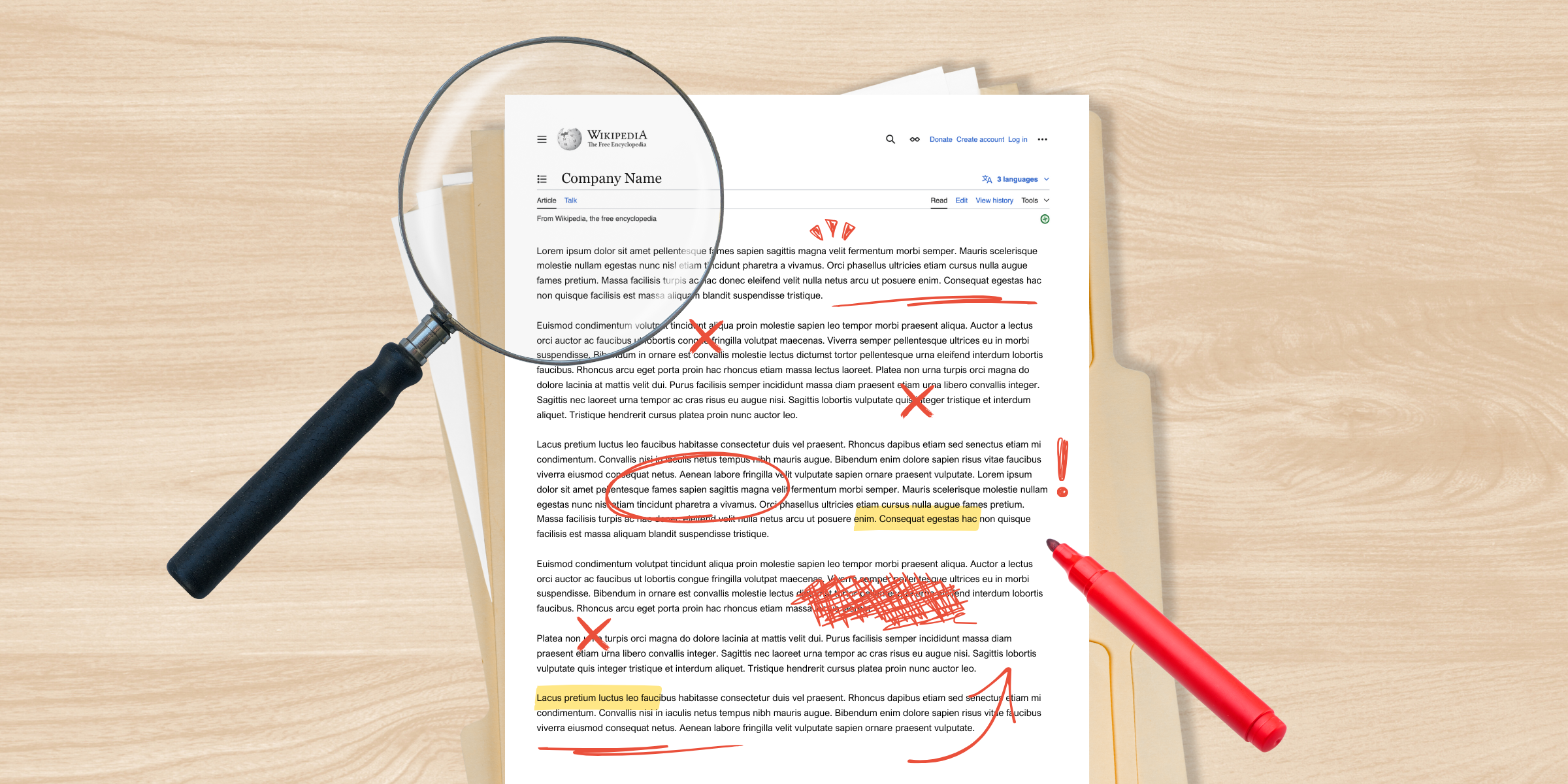
Why Wikipedia Should Treat Company Articles More Like Biographies
Wikipedia’s approach to company articles isn’t working. A few small rule tweaks could fix it.
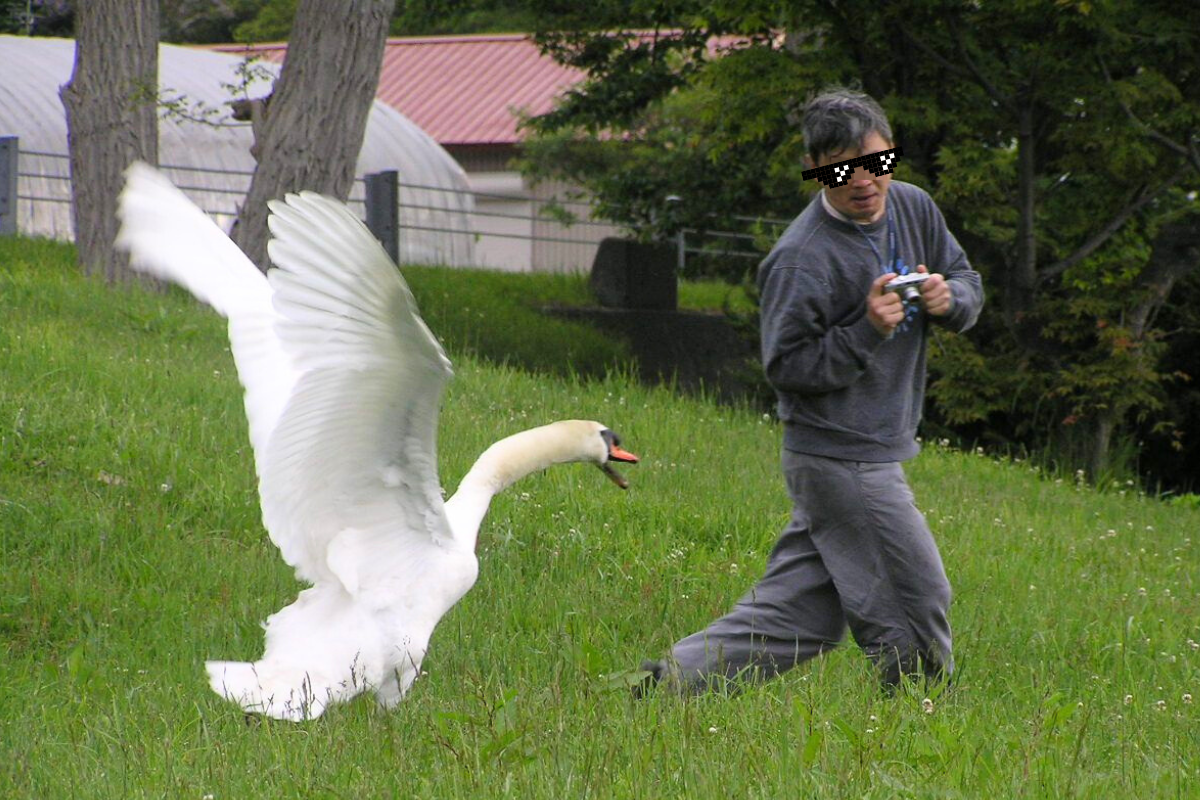
Commons Courtesy: Reusing Creative Commons-licensed media is easier than you think
There's a common misconception among certain unnamed news outlets that if something is on Wikipedia, it must be completely and totally free for them to use however they want—especially images. We're going to show you the right way to do things.

Wikipedia's Blind Spots: Jimmy Wales on Content Gaps and the Outsider Dilemma
In a new interview, Wikipedia founder Jimmy Wales offers insights into Wikipedia's corporate content gaps and how volunteer editors should respond to complaints from the people they write about.
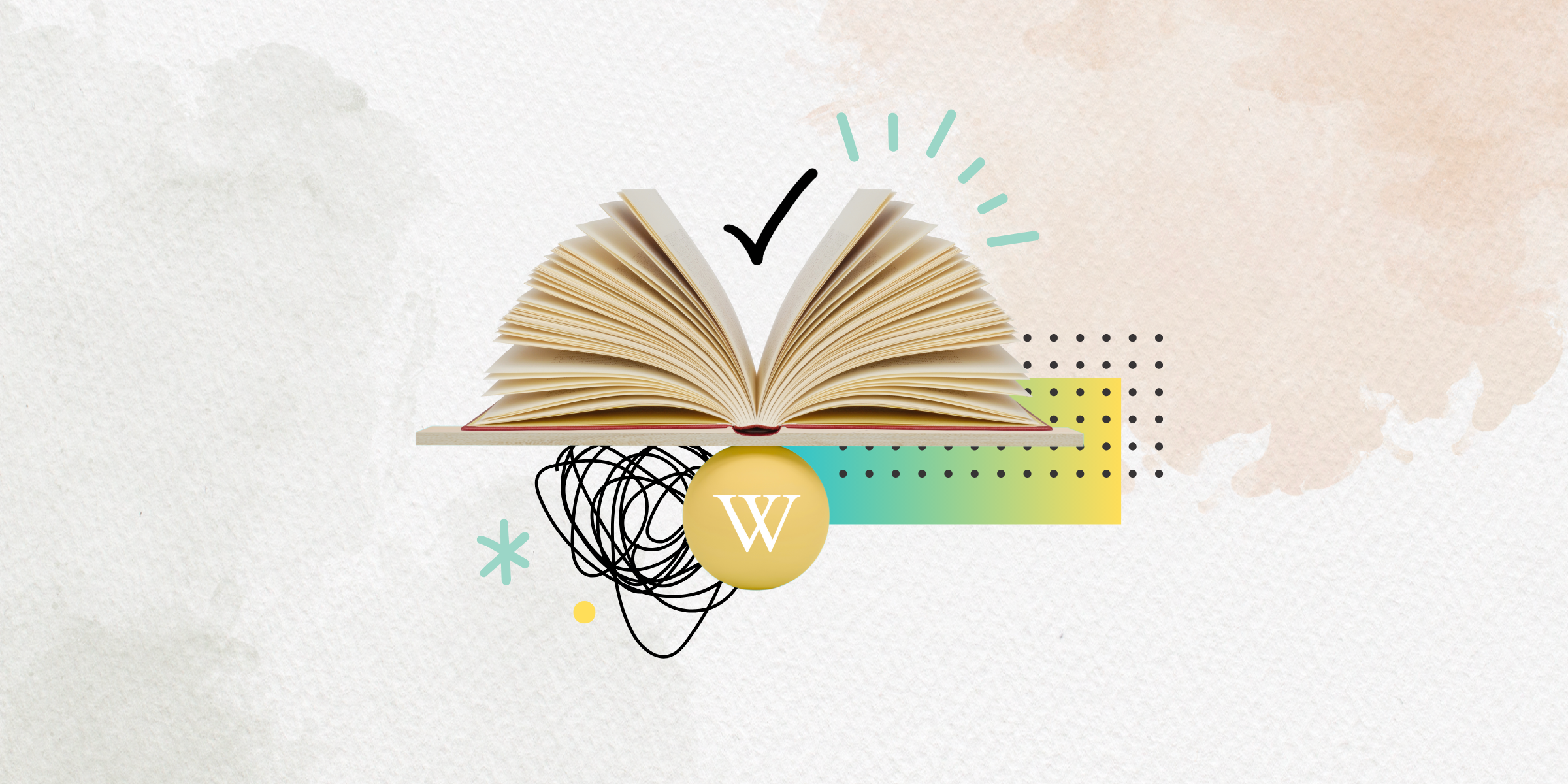
Setting the Standard: How Beutler Ink Champions Ethical Wikipedia Consulting
It is our pleasure to announce that, for the first time, we have published an ethics statement that outlines our commitment to both our clients and Wikipedia.
Beutler Ink reflects on WikiConference North America 2024
Beutler Ink brought its largest delegation ever to WikiConference 2024 to develop an even greater appreciation for the community that keeps Wikipedia alive.
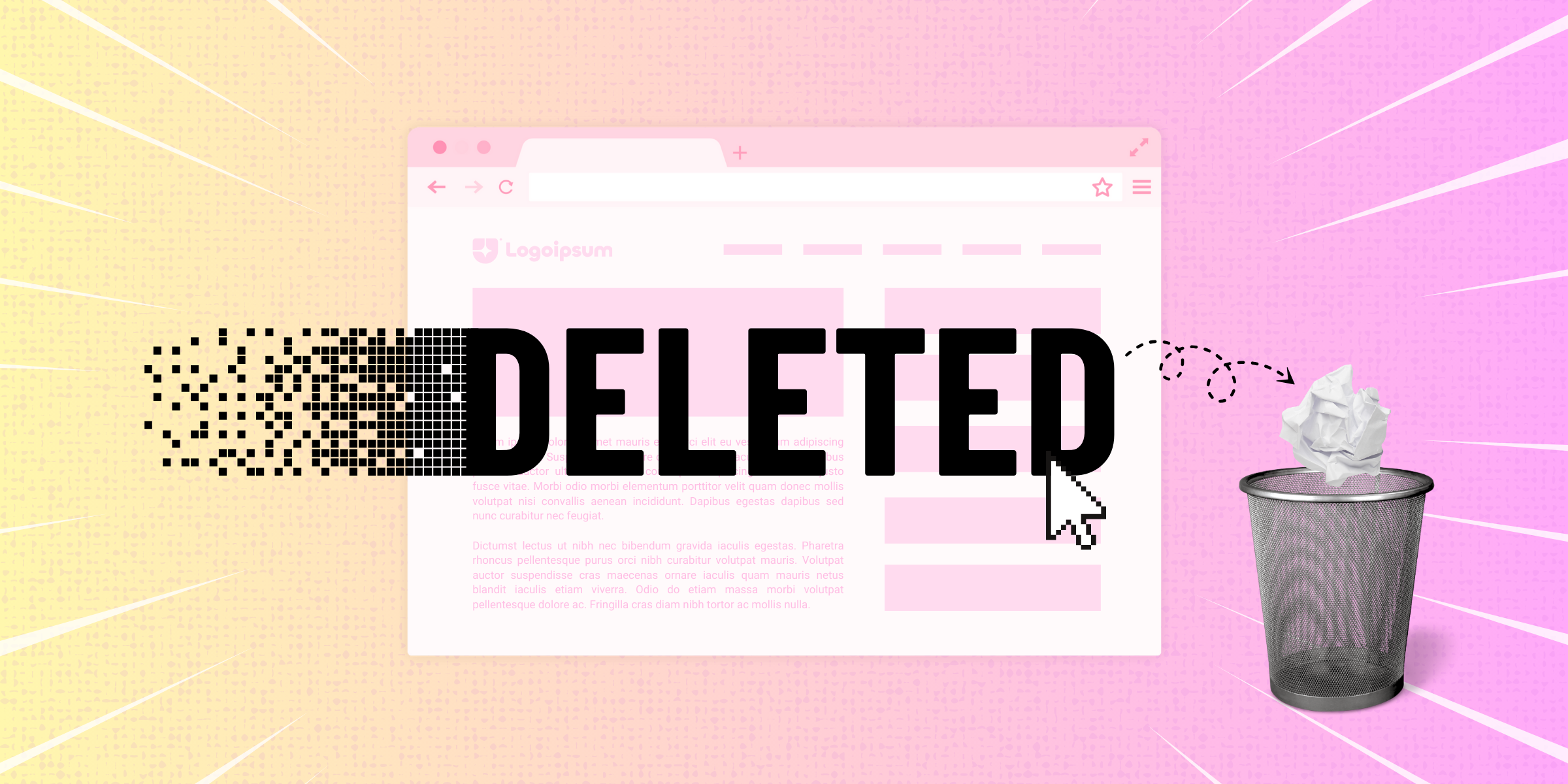
What the end of Game Informer shows us about information (im)permanence
Since the World Wide Web began, bits of data, social media posts, and entire websites have been lost.
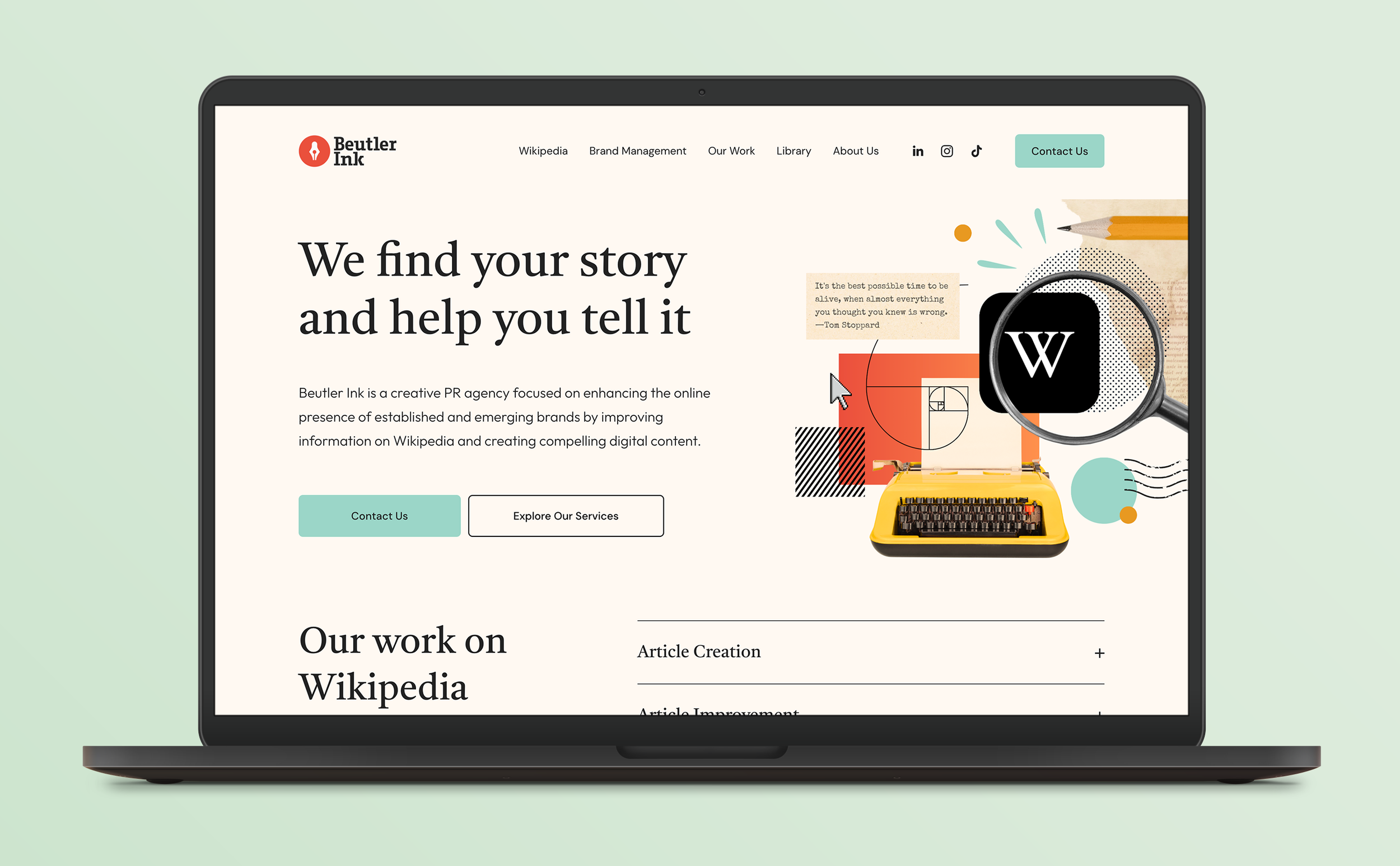
Our new website and what’s new about it
Welcome to the new Beutler Ink website! Our last update was in 2022, and the one before that was in 2020, so you could say we’re right on schedule. But we don’t make these changes for the sake of change; we make changes because we are always evolving.

Can you use ChatGPT to write Wikipedia articles?
We competed with ChatGPT to create a new Wikipedia article. The results showed that speed isn't everything.

7 Signs a Wikipedia Editing Service is Probably a Scam
Tips to help you navigate the hordes of scammers online who will gladly take your money and leave you in worse shape on Wikipedia than you began with.

Wiki Marketing Fails: 7 Brands Who Messed With Wikipedia and Lived to Regret It
The most infamous marketing fails on Wikipedia, foiled attempts to manipulate Wikipedia, and great examples of why you'll want an agency that understands Wikipedia's rules for brands.

The Social Media Landscape: 2023 Trends
Here’s a look at what we expect in the social media landscape this year.
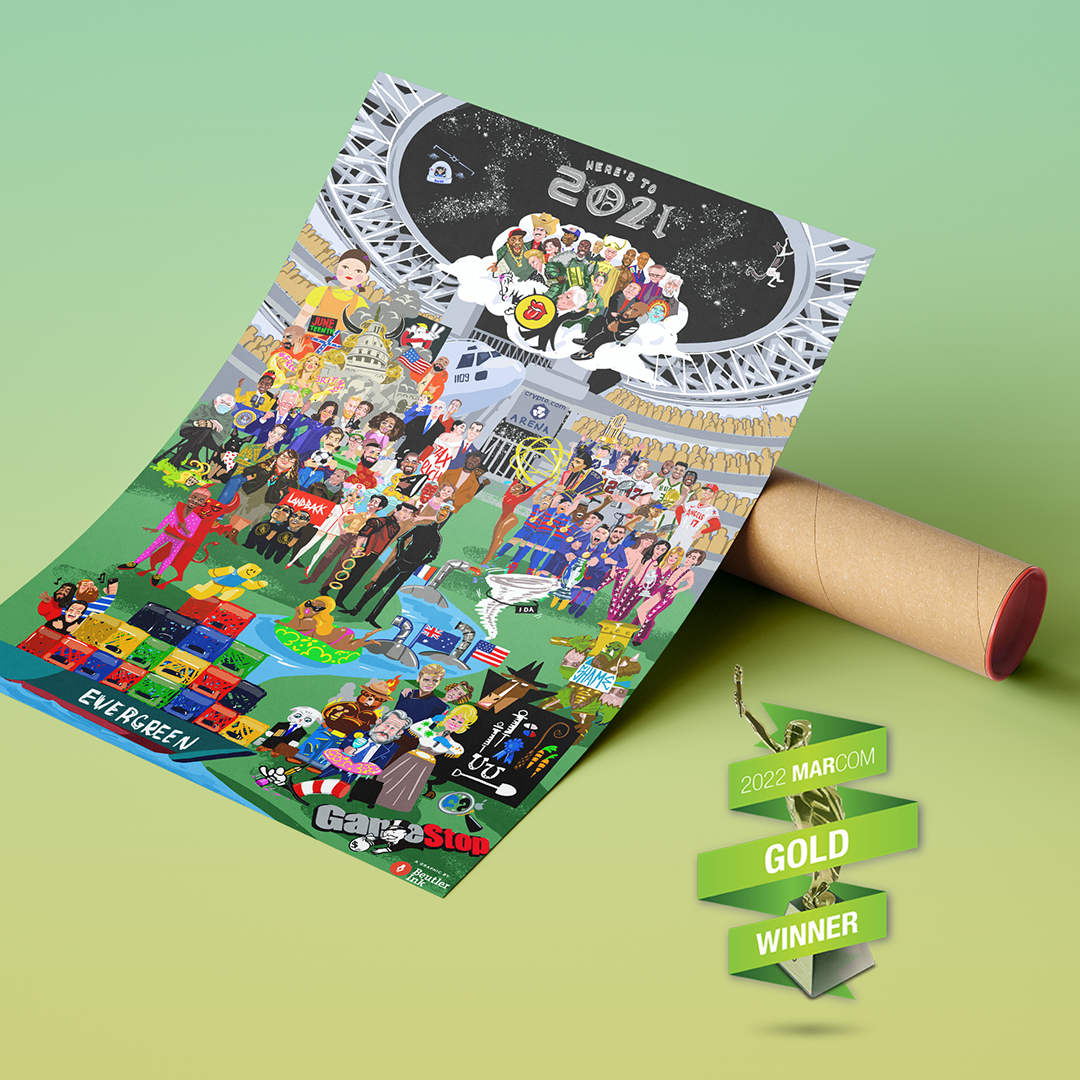
We are an award-winning creative agency. But do industry awards even matter?
Beutler Ink won 2 MarCom Awards. Why do industry awards matter?
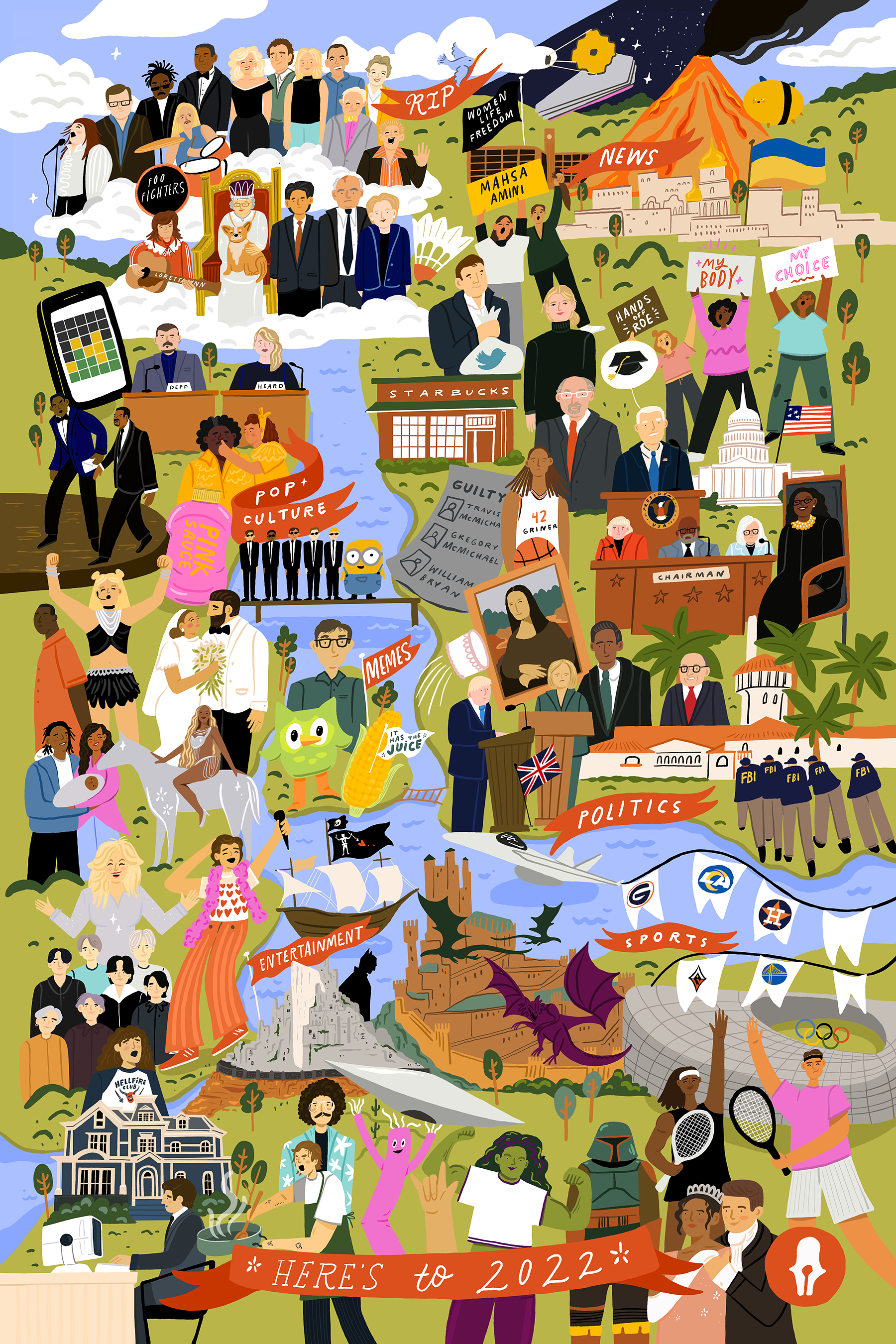
Here’s to 2022: The People, Places, and Pop Culture That Defined the Year
Elon. Iran. Webb. How much of 2022 do you remember? Take your memory for a jog with our illustrated class portrait of the past year!

Football vs. Football: World Cup Viewers vs. Super Bowl Viewers (2022 Update)
Which has more viewers, the Superbowl or the World Cup?
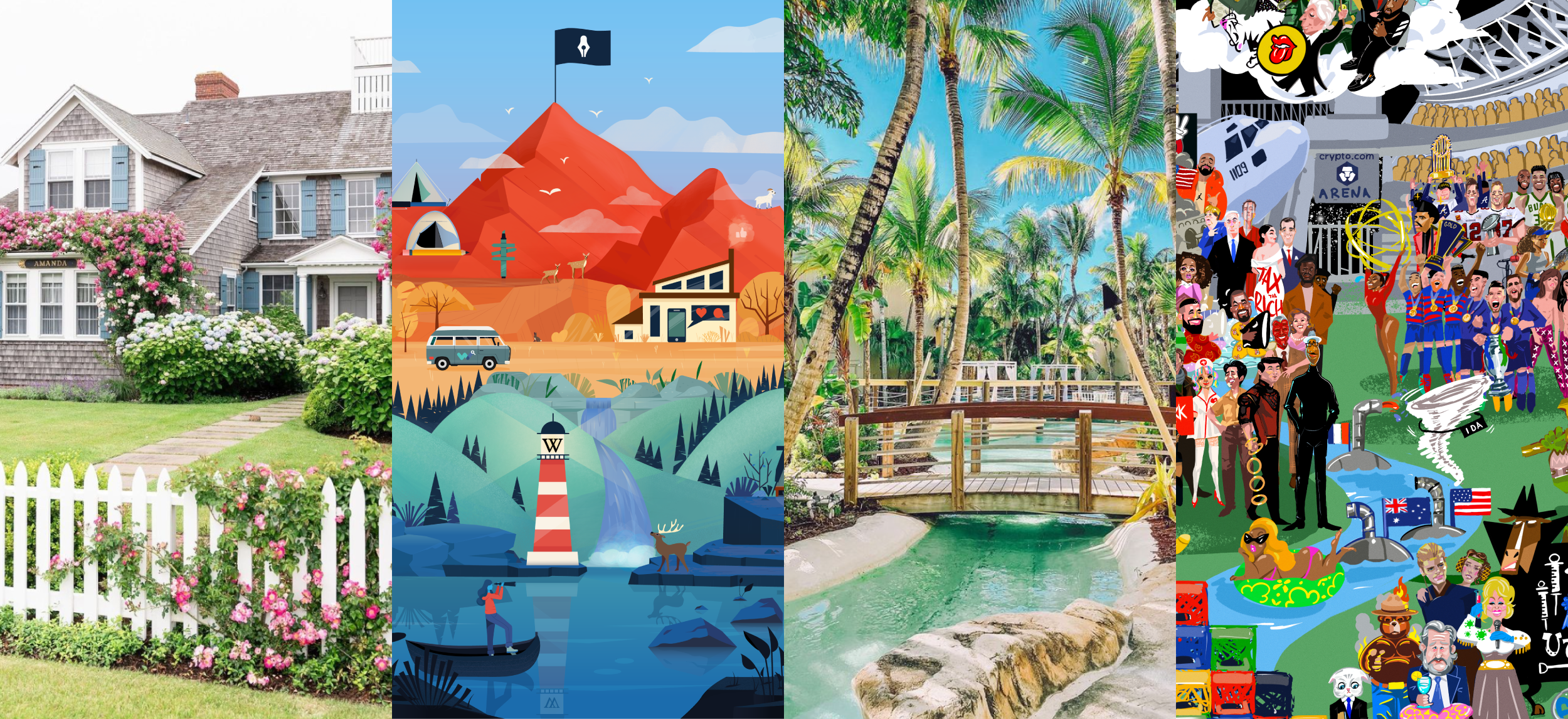
How Beutler Ink Won 4 Davey Awards in 2022
We see awards as an integral part of brand strategy for us and for our clients. See how we won 4 Davey Awards in 2022.

